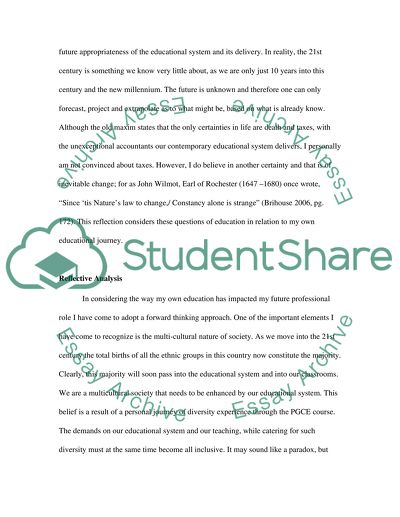Cite this document
(“Thinking in Action: Digital Media Arts Assignment”, n.d.)
Thinking in Action: Digital Media Arts Assignment. Retrieved from https://studentshare.org/education/1419470-a-reflective-essay-about-learning
Thinking in Action: Digital Media Arts Assignment. Retrieved from https://studentshare.org/education/1419470-a-reflective-essay-about-learning
(Thinking in Action: Digital Media Arts Assignment)
Thinking in Action: Digital Media Arts Assignment. https://studentshare.org/education/1419470-a-reflective-essay-about-learning.
Thinking in Action: Digital Media Arts Assignment. https://studentshare.org/education/1419470-a-reflective-essay-about-learning.
“Thinking in Action: Digital Media Arts Assignment”, n.d. https://studentshare.org/education/1419470-a-reflective-essay-about-learning.


